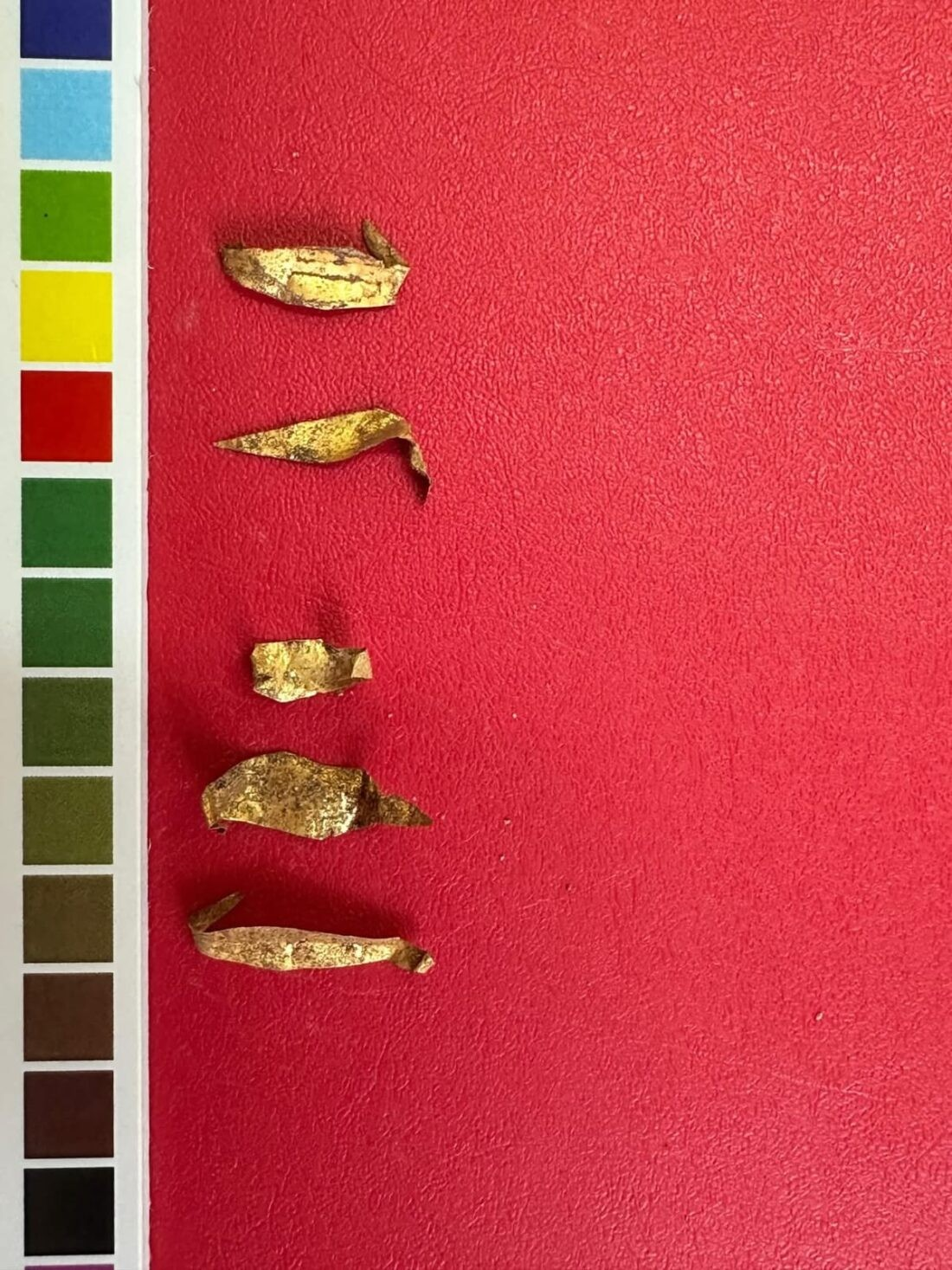A routine report of road subsidence at the port of Famagusta, in the occupied part of Cyprus, has led to the discovery of a remarkable archaeological treasure beneath the surface.
Hidden under the sunken section of road, archaeologists uncovered a carved underground stone tomb dating back to the Hellenistic period—offering rare insights into Cyprus’s ancient past.
A Glimpse into Hellenistic Famagusta
Nestled near the ruins of ancient Salamis in what is now occupied northern Cyprus, Famagusta (also known as Ammochostos) was once a thriving port city of strategic and cultural importance in the Eastern Mediterranean.
During the Hellenistic period (323–30 BCE), Cyprus came under the control of the Ptolemaic dynasty, and the region flourished as a hub of trade, maritime activity, and classical civilization. Famagusta’s archaeological record suggests the area still harbors layers of undiscovered historical richness.
The discovery occurred on June 21, after the Department of Antiquities and Museums in occupied Cyprus responded to a report of road collapse along the main access route to the port. Preliminary investigations revealed that the subsidence was caused by the collapse of the roof of an ancient subterranean tomb.
A Hellenistic Tomb Revealed
Fragments of gold leaf. Photo: Department of Antiquities and Museums of occupied Cyprus
Excavations began on June 23, unveiling a rock-cut burial chamber with three carved funeral beds. The tomb’s entrance had originally been sealed with large stone blocks, a typical practice of the time.
Experts have dated the tomb to the Hellenistic period based on its architecture and the artifacts found inside. Among the most notable discoveries:
Terracotta cups
A lagynos (a wine vessel)
Perfume containers (unguentaria)
Glass flasks
Bronze coins and pins
Fragments of gold leaf
Human skeletal remains were also found within the tomb, offering further clues about ancient burial customs.
Cultural Significance and Preservation
According to Emine Emel Ziba, head of the Department of Antiquities and Museums in occupied Cyprus, conservation and documentation of the finds will begin immediately before they are transferred to local museum exhibitions.
The site is now under strict security provided by the Port Authority of occupied Famagusta, ensuring the safety of both the archaeological team and the cultural heritage uncovered.
This discovery promises to shed new light on funerary practices and the material culture of ancient Cyprus during a time when Hellenistic influence was at its peak in the region.








